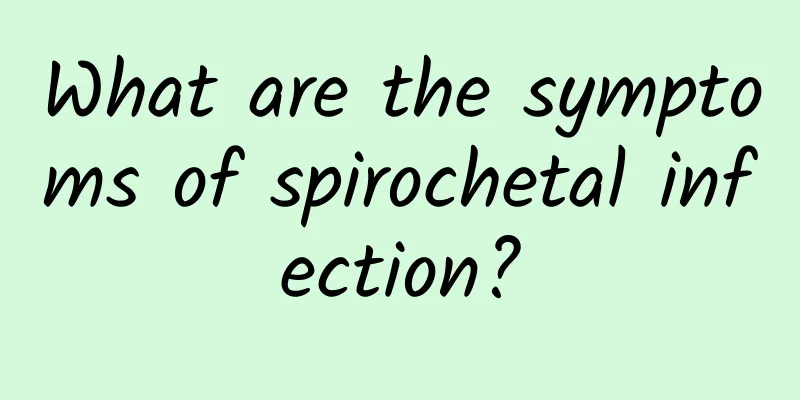Treatment of hyperkalemia

|
Potassium ions maintain cell metabolic activities. As the most abundant cation in intracellular fluid, they play a major role in maintaining acid-base balance, the generation of information potentials in neuromuscular tissues, and the conduction of excitement. However, potassium ion disorder is one of the more common clinical symptoms of electrolyte disorders. Moreover, symptoms of potassium ion disorder may also be complicated by other disorder symptoms, so many cases of hyperkalemia and hyperkalemia are caused by this. So how to treat hyperkalemia? Next, we will introduce hyperkalemia caused by potassium ions and how to treat this common disease, which mainly manifests itself in cardiovascular and cerebrovascular diseases and symptoms of the nervous system muscles. Due to the degree and speed of increased blood potassium, cardiovascular symptoms and neuromuscular symptoms are caused. Let us briefly introduce how to treat hyperkalemia. 1. Treatment principles for acute and severe hyperkalemia: ① Counteract potassium toxicity to the myocardium; ② Lower blood potassium. Hyperkalemia can lower the resting potential of myocardial cells while keeping the threshold potential unchanged, thereby reducing the gap between the two and increasing the excitability of myocardial cells. Calcium ions may widen the gap between the resting potential and threshold potential of myocardial cell membranes, thereby stabilizing myocardial excitability. The emergency measure is to immediately inject 10 ml of 10% calcium gluconate intravenously, which should be completed within 5 to 10 minutes. If necessary, another intravenous injection can be given after 1 to 2 minutes to quickly eliminate ventricular arrhythmia. Because the effect of calcium is short-lived, an intravenous push should be followed by a continuous intravenous drip. 20-40 ml of 10% calcium gluconate can be added to 500 ml of normal saline or 5% glucose solution and injected intravenously. Calcium has no effect on serum potassium concentration. 2. Treatment of mild to moderate hyperkalemia (1) Low potassium diet, daily potassium intake is limited to 50-60 mmol (50-60 mEq). (2) Stop taking medications that may cause elevated blood potassium 3. Dialysis is the fastest and most effective method. Hemodialysis or peritoneal dialysis can be used, but the latter is relatively less effective and has a slower effect. The use of low-potassium or potassium-free dialysate for hemodialysis can reduce blood potassium almost immediately after the start of dialysis, and blood potassium can almost return to normal after 1 to 2 hours. When peritoneal dialysis uses ordinary standard dialysis fluid, approximately 5 mmol of potassium can be exchanged at a rate of 2 L per hour. Continuous dialysis for 36 to 48 hours can remove 180 to 240 mmol of potassium. The above are the pathological causes of hyperkalemia. The principle of treatment for acute hyperkalemia is to conduct cardiac toxicity testing and reduce the concentration of blood potassium. Acute hyperkalemia is very important for patients and should be rescued in time, otherwise it will cause cardiac arrest. Hyperkalemia can be treated with dietary adjustments and medications. In addition, dialysis is also the fastest, most effective and most effective method for treating hyperkalemia. |
>>: Treat mouth ulcers quickly
Recommend
What does black ears indicate?
The ear is mainly an organ for listening to exter...
To nourish the kidney, dehumidify and strengthen the spleen, you can choose these two
Nowadays, tonifying the kidney and removing dampn...
The difference between mild and severe hyperthyroidism
Hyperthyroidism is an overactive thyroid gland, a...
Nourishing yin and replenishing blood, these 5 great delicacies are worth a try!
To replenish qi and blood, any method in traditio...
Chinese medicine prescriptions for insufficient qi and blood, several medicinal diet prescriptions for replenishing blood and qi
People nowadays are under a lot of pressure. Work...
Do babies need to drink water during confinement?
Women have the habit of sitting in confinement af...
Blepharoplasty
Eyes are an important part of our body. Having a p...
Pain around belly button at 28 weeks of pregnancy
Girls are in the late stage of pregnancy at 28 we...
What causes diffuse liver damage?
The causes of diffuse liver damage require specia...
What to do if you feel dizzy? The fastest and most effective way
There are many reasons for dizziness, the most co...
What is hematuria in men?
In daily life, many men suffer from hematuria. Th...
Does Maca cause internal heat?
Maca is a very natural food and also a medicine. ...
A small amount of bleeding after sex
When a newly married couple is in bed together, t...
Where should I use moxibustion for athlete's foot?
Athlete's foot is a fungal infection. Many pe...
What is the feeling of anal prolapse during ovulation?
The leucorrhea period is also the ovulation perio...









